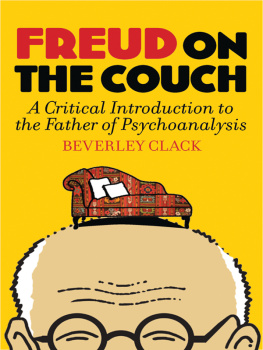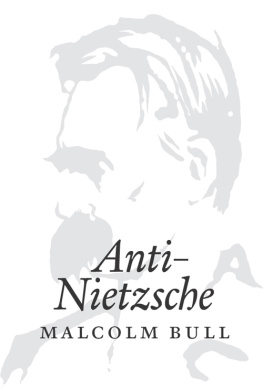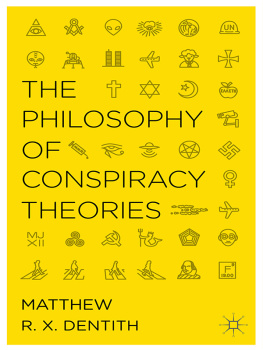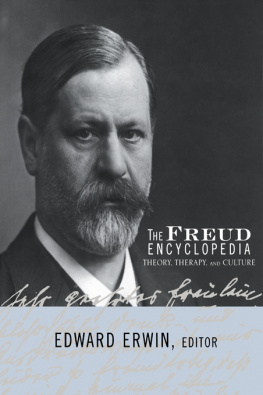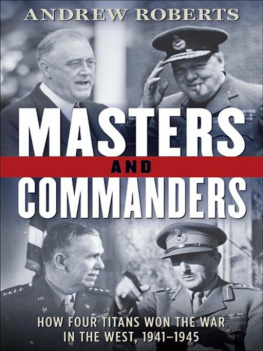Reframing the Masters of Suspicion
Critiquing Religion: Discourse, Culture, Power
Series editor: Craig Martin
Critiquing Religion: Discourse, Culture, Power publishes works that historicize both religions and modern discourses on religion that treat it as a unique object of study. Using diverse methodologies and social theories, volumes in this series view religions and discourses on religion as commonplace rhetorics, authenticity narratives, or legitimating myths which function in the creation, maintenance, and contestation of social formations. Works in the series are on the cutting edge of critical scholarship, regarding religion as just another cultural tool used to gerrymander social space and distribute power relations in the modern world. Critiquing Religion: Discourse, Culture, Power provides a unique home for reflexive, critical work in the field of religious studies.
Christian Tourist Attractions, Mythmaking, and Identity Formation ,
edited by Erin Roberts and Jennifer Eyl
Spirituality, Corporate Culture, and American Business , James Dennis LoRusso
Stereotyping Religion , edited by Brad Stoddard and Craig Martin
For my parents,
who taught me charity
(among other things)
Reframing the Masters of Suspicion
Marx, Nietzsche, and Freud
Andrew Dole

Contents
Mark Fenster describes a childhood literary encounter as the origin of his fascination with conspiracy theories. The reading primer The Secret Three tells the story of a friendship forged among three boys by means of mysterious messages, of codes created and deciphered, of privileged communications inaccessible to outsiders. Wherever you turn, the book implied, Fenster recalls, you might find a possible sign of some secret, a decipherable existence that would potentially fulfill a deep, perhaps unrecognized desire.... The Secret Three taught me that learning to read was a process not only of understanding the plain meaning of writing but also of finding and correctly interpreting hidden codes and messages. The book offered the young Fenster material for both intrigue and envy: I wanted at once to join the group, to replicate it in my own lonely childhood, and to expose and dismantle it.
I have a similar story to tell about the first glimmers of this project. Somewhere around the age of thirteen I happened on the book I Can Sell You Anything: How I Made Your Favorite TV Commercial with Minimum Truth and Maximum Consequences , by Paul Stevens . The book laid out the basic problematic of advertising in clear and accessible terms. On the one hand, consumers who believe, say, that detergent X works better than detergent Y will thereby be motivated to purchase detergent X. But on the other hand, advertisers are by law forbidden from asserting false propositions. The task these parameters determine is that of leading people to believe things without actually stating that these things are the case . Written by a self-proclaimed insider, I Can Sell You Anything described a collection of methods commonly used by television advertisers to accomplish this task.
Two sections of the book I remember with particular clarity. One was Stevenss treatment of weasel words. Such words as can , helps , like , virtually , up to , and so on, can make you hear things that arent being said, accept as truths things that have only been implied, and believe things that have only been suggested. Weasel words appear in phrases such as helps keep you young , cleans like a white tornado , and cured for up to eight weeks . Advertisers count on their targets to simply ignore the presence of these qualifiers: by adding that one little word, help, in front, we can use the strongest language possible afterward.
I Can Sell You Anything opened my eyes to a dynamic that I continue to find fascinating. There are ways of using language that can produce conviction, and influence behaviors, without actual assertion and everything that it involves; and some of these are so widespread and culturally stable that they form the basis of technologies of persuasion that are the foundations of mighty edifices, such as the advertising industry. And yet these methods are fragile: their greatest enemy is, simply, knowledge of their existence on the part of those who are subject to them. I remember finding intoxicating my newfound ability to discern just how little familiar television advertisements offered in the way of actual reasons to prefer one product over another. The impact of the book has persisted into my later life as an academic in the humanities. I notice, for example, when one of my peers says, in a place where a substantive claim seems to be needed, that something can be interpreted as something else, or that something may be the result of something else; and perhaps somewhat more pugnaciously, I ordinarily cannot help but read neologisms as the highbrow equivalent of retsyn unless they are provided with actual discursive content.
If such are the distant beginnings of this book, its proximate origin is a set of experiences I had during graduate school. The time period in question was the late 1990sthe tail end of the period during which scholars could describe themselves as postmodernists without irony or nostalgiaand the setting was Yales departments of Philosophy and Religious Studies, between which I shuttled somewhat uncomfortably. The catalyst for my interest in the phenomenon of suspicion was a newly offered Religious Studies course on Contemporary Theory that immersed students in the works of such figures as Franz Fanon, Michel Foucault, Edward Said, and other challengers of the status quo. One component of my response to work of this sort was puzzlement (I will not describe other components, some of which I have come to regret). This puzzlement was transparently a product of my dual citizenship in philosophy and the study of religion. Across the border I was being trained to distinguish good arguments from bad, with the goal of bringing it about that one had good reasons to believe things or to follow particular courses of action. But here, in the realm of Theory, good argumentsin fact any kind of argumentswere thin on the ground. And yet some of my fellow students (and instructors) seemed not only convinced that it was in these texts that the (practical and theoretical) truth was to be found, but passionally convinced, in such a way that generated what I took to be moral condemnation of any who so much as expressed a desire for reasons to share this conviction. My (youthful and ham-handed) attempts to solicit such reasons from my peers and betters were unsuccessful, and this failure, and the sense of alienation that it occasioned, continued to bother me in the years that followed. My first debt of gratitude is to those of my graduate school professors who in various ways helped me in grappling with suspicionRobert Adams, Marilyn McCord Adams, Keith Derose, John Hare, Serene Jones, Dale Martin, and Nick Wolterstorffand to my graduate peers, with many of whom I have remained in conversation over the years, including Todd Buras, Andrew Chignell, Shannon Craigo-Snell, Jesse Couenhoven, Eric Gregory, Christine Helmer, Amina Steinfels, Ed Waggoner, and Madhuri Yadlapati.
My second debt of gratitude is to those with whom I have discussed this project across its various stages of development. This group includes a number of fellow scholars including Matt Bagger, Steve Bush, Tal Lewis, Kevin Schilbrack, Brent Sockness, Jeff Stout, and Ted Vial. It also includes several cohorts of Amherst College undergraduates in my courses Suspicion and Religion and Religion and Conspiratorial Thinking, and participants in two conference sessions where I presented early versions of some of the material in this bookone at the American Academy of Religion (Philosophy of Religion unit) in November of 2014, and one at the Boston University Institute for Philosophy of Religion in April of 2015. Particular thanks are due to David Eckel and Allen Speight for organizing the latter event and encouraging my work.



